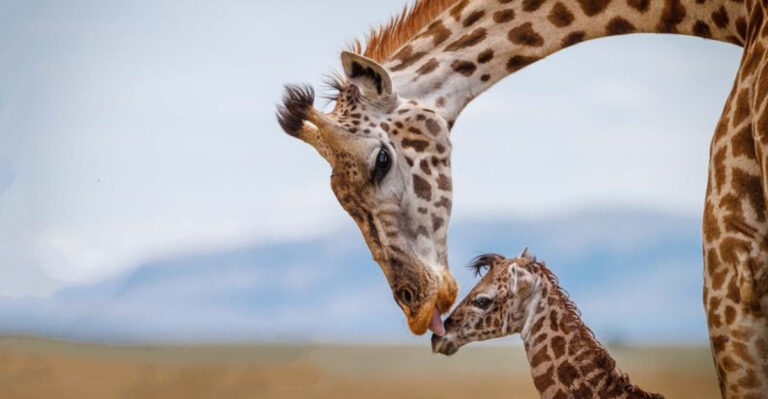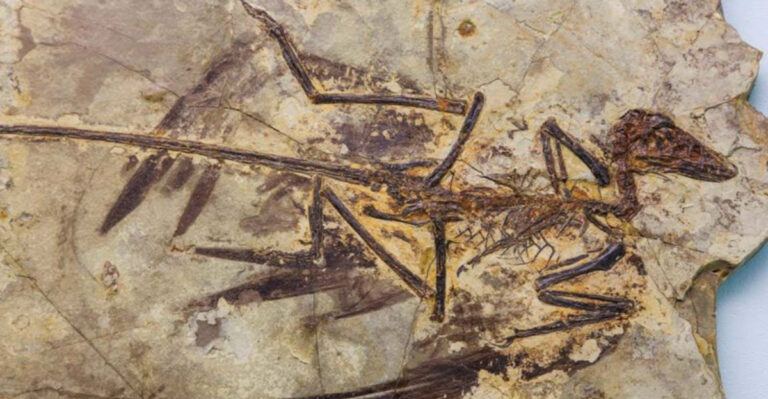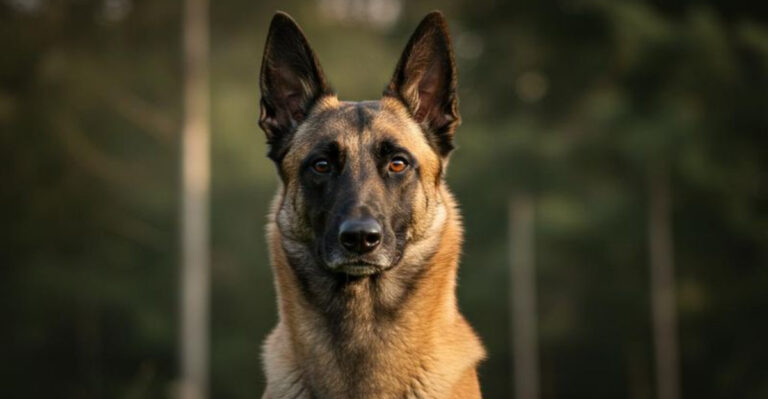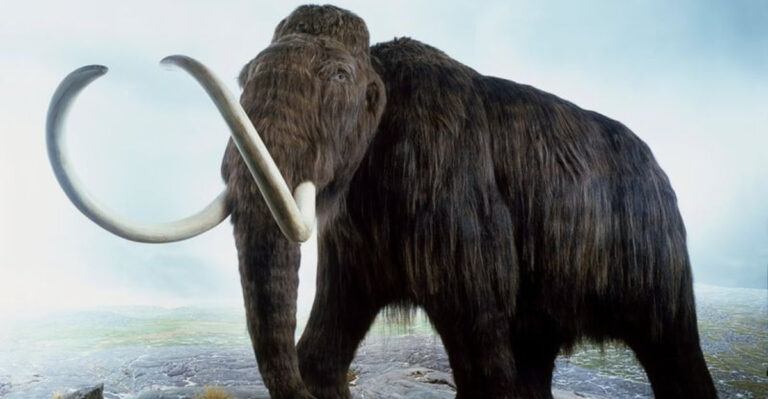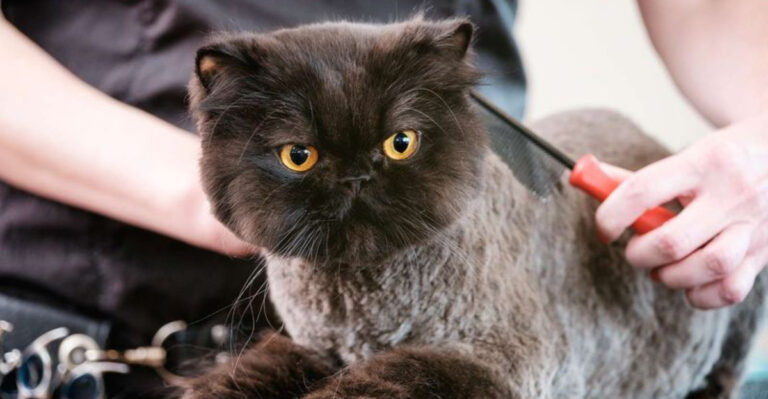15 Unique Red Wolf Behaviors That Set Them Apart From Their Coyote Relatives
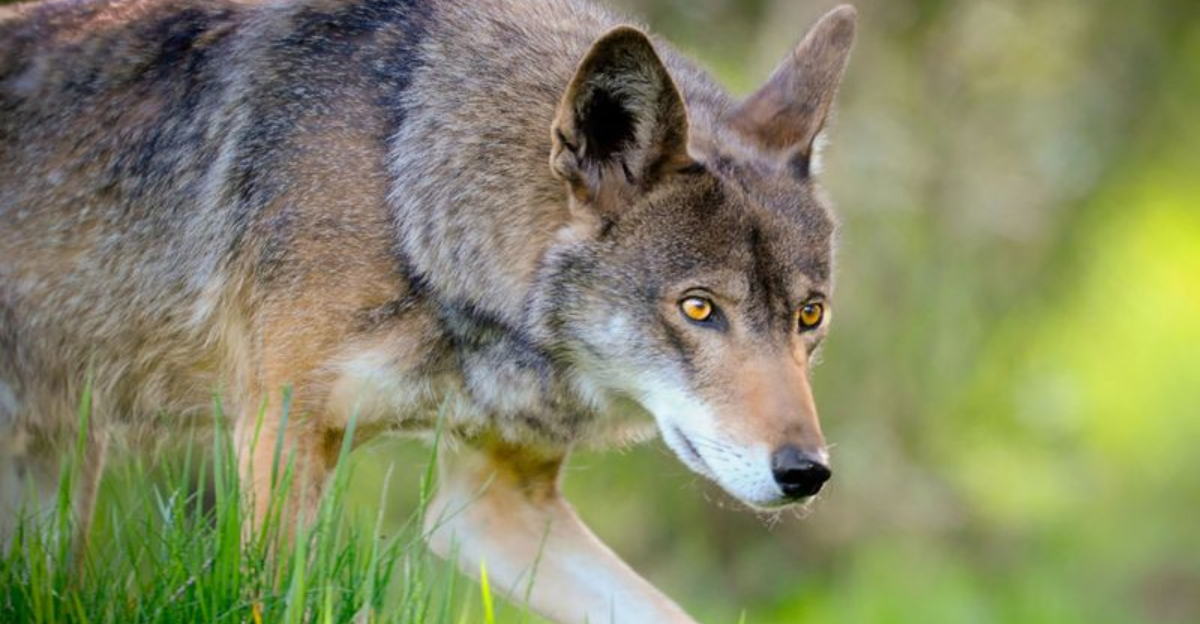
Red wolves are fascinating creatures that once roamed throughout the southeastern United States but now face critical endangerment. Despite their close relation to coyotes, these rusty-colored canids exhibit behaviors uniquely their own.
Understanding these distinctive traits not only helps scientists distinguish between the species but also highlights why red wolves deserve special conservation attention in the wild.
1. Monogamous Pair Bonding
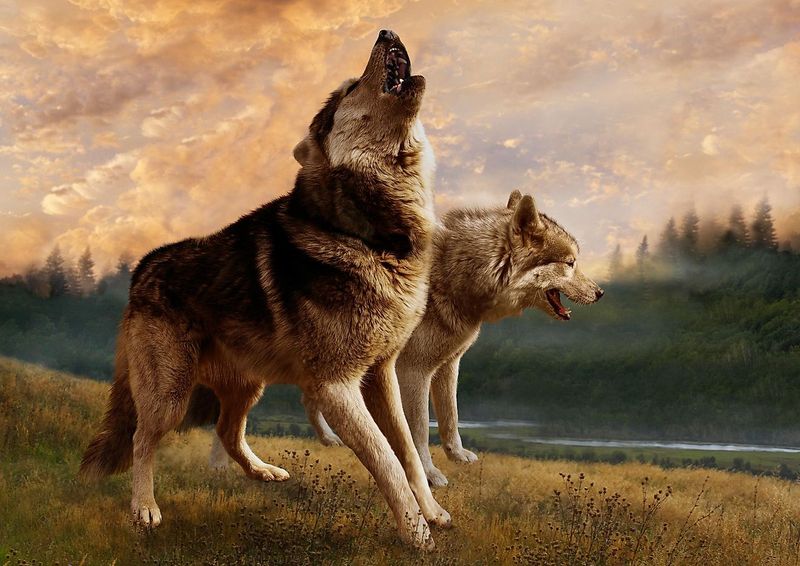
Red wolves form lifelong partnerships with their mates, unlike the more flexible mating arrangements of coyotes. This deep bond extends beyond just breeding season, with pairs maintaining their connection year-round.
Pairs hunt, den, and raise pups together, showing remarkable loyalty to one another. Such strong partnerships help red wolves tackle the challenges of surviving in their native habitats while ensuring successful reproduction and pup survival rates.
2. Larger Territory Defense
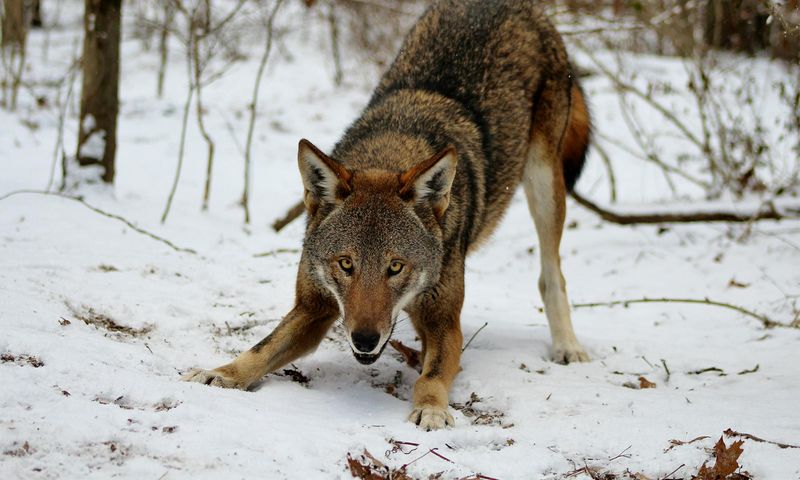
While coyotes adapt to smaller territories even in urban settings, red wolves require and defend much larger ranges spanning up to 50 square miles. Their territorial instincts drive them to patrol these vast areas regularly.
Red wolves mark boundaries with urine and scat deposits placed strategically along travel routes. They’ll actively chase intruders away, sometimes traveling miles to investigate unfamiliar scents or sounds that might signal a territory breach.
3. Cooperative Den Selection
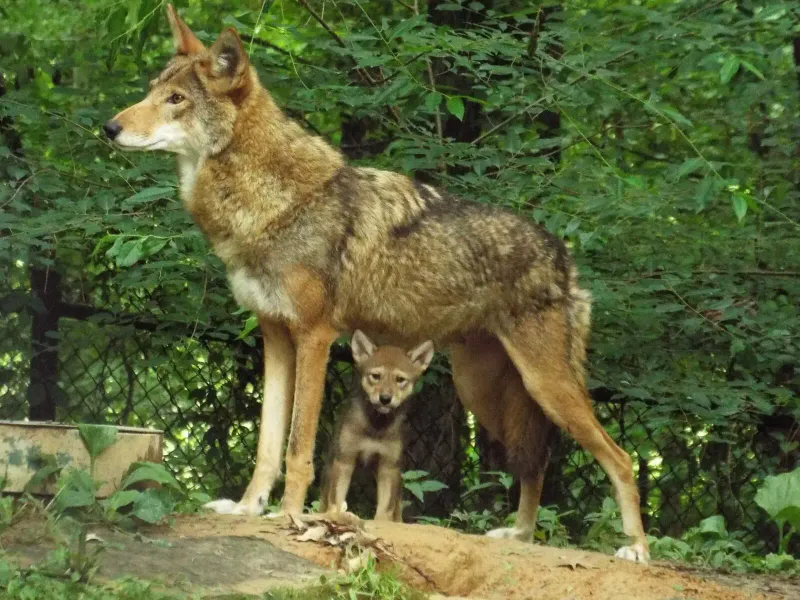
Surprisingly thoughtful about real estate, red wolf pairs spend weeks scouting potential den sites together before making their final selection. Males actively participate in den selection—a behavior less common in coyotes.
They prefer sites with multiple escape routes, good drainage, and natural protection from elements. Some pairs maintain multiple dens within their territory, moving pups between locations if they sense danger or if parasites become problematic at the primary site.
4. Complex Vocal Communication
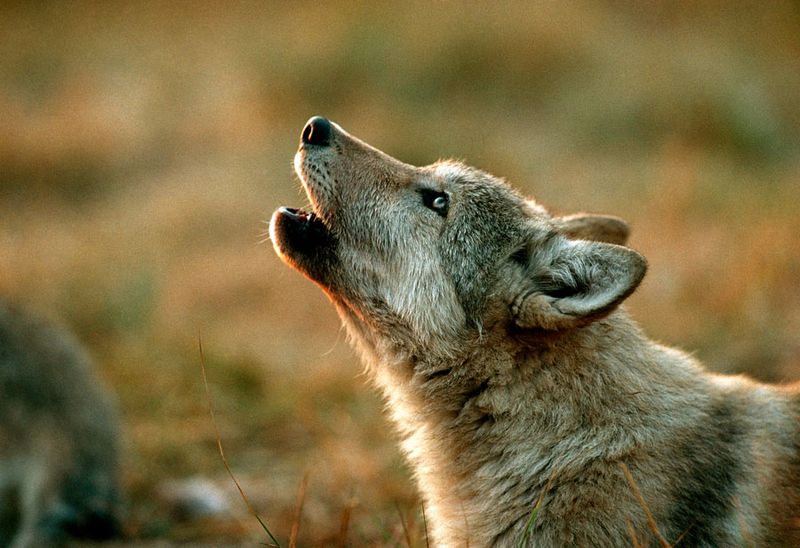
Red wolves possess a more elaborate vocal repertoire than their coyote cousins. Their iconic howls carry over greater distances and contain more complex tonal variations that help pack members identify each other individually.
Beyond howls, they use short barks, whines, and growls to convey specific messages. Researchers have identified at least 12 distinct vocalizations with different meanings, from warning signals to location announcements to expressions of submission or dominance.
5. Extended Family Pack Structure
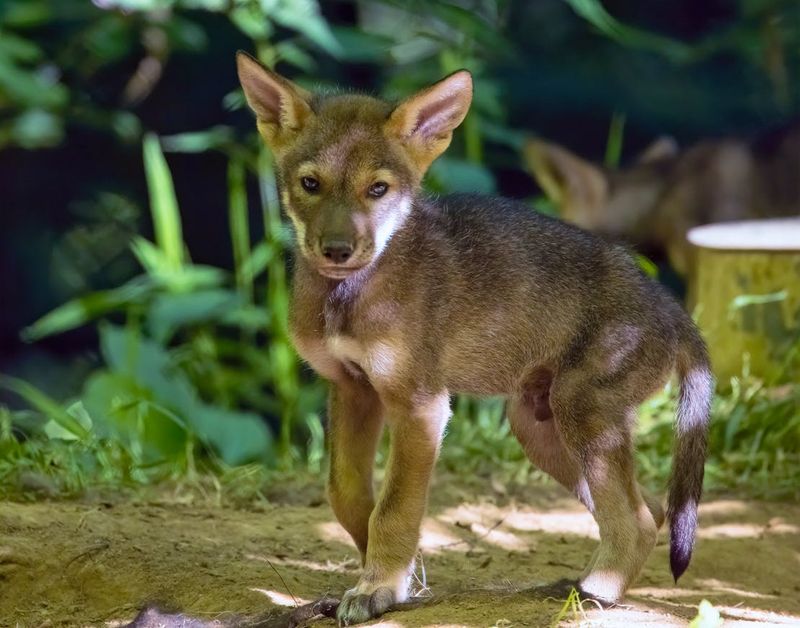
Family means everything to red wolves. While coyotes often disperse into smaller units, red wolves maintain extended family packs where adult offspring frequently stay with parents to help raise younger siblings.
These helper wolves, usually females from previous litters, assist with hunting, babysitting, and teaching survival skills to new pups. Such cooperative breeding increases survival rates significantly, with packs of 5-8 members showing the highest reproductive success in the wild.
6. Specialized Hunting Techniques

Red wolves employ coordinated hunting strategies that differ from the opportunistic solo hunting often seen in coyotes. Pack members work together to drive prey toward waiting ambushers in a display of tactical intelligence.
They excel at tracking large game like deer through difficult terrain, sometimes following scent trails for miles. During hunts, red wolves communicate through subtle ear positions and tail signals that allow them to coordinate movements silently—a sophisticated behavior that increases their hunting success rate.
7. Ritualized Greeting Ceremonies
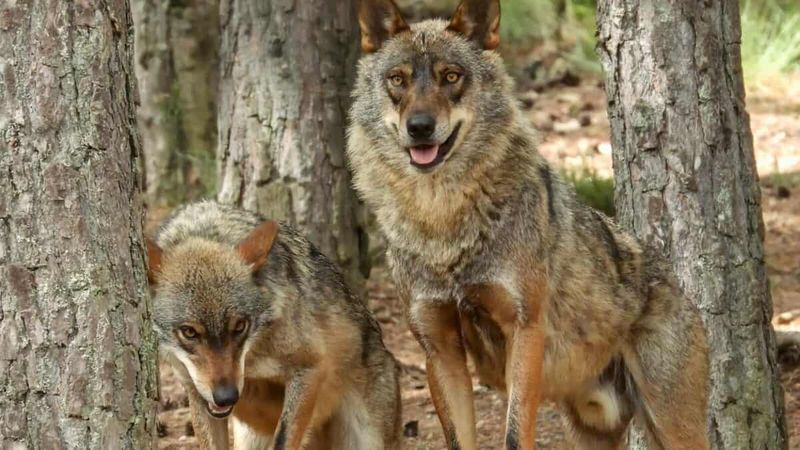
When pack members reunite after separations, red wolves perform elaborate greeting ceremonies not typically seen in coyotes. These joyful reunions involve face-licking, body-rubbing, and playful vocalizations that reinforce social bonds.
Higher-ranking wolves initiate these greetings, but all pack members participate regardless of status. The intensity of these ceremonies increases with longer separation times, suggesting red wolves maintain strong emotional connections to family members even during absences.
8. Distinctive Pup-Rearing Practices
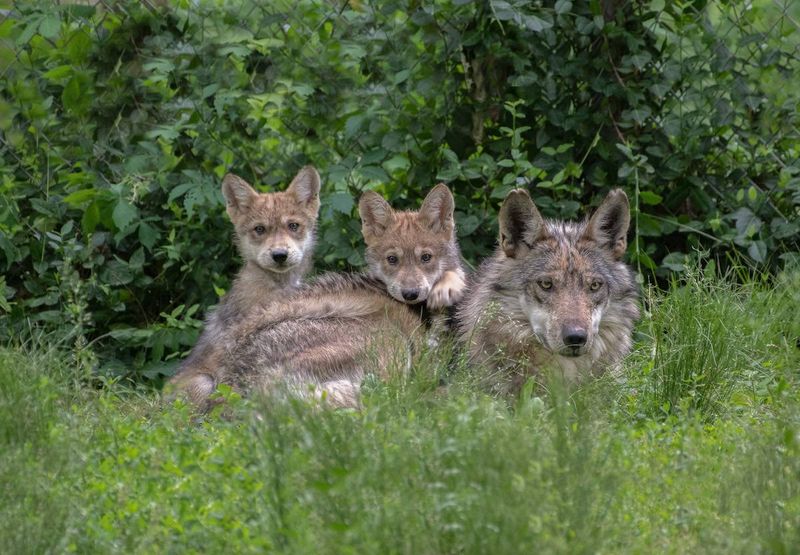
Red wolf fathers show exceptional dedication to their offspring compared to male coyotes. They regularly bring food to nursing mothers and take turns watching pups while females hunt or rest.
Pups begin accompanying adults on short excursions at just 6 weeks old—earlier than coyote pups. The entire pack participates in teaching young wolves to hunt through graduated lessons, starting with injured prey before advancing to more challenging targets. This structured education system ensures better survival skills for the next generation.
9. Seasonal Coat Changes
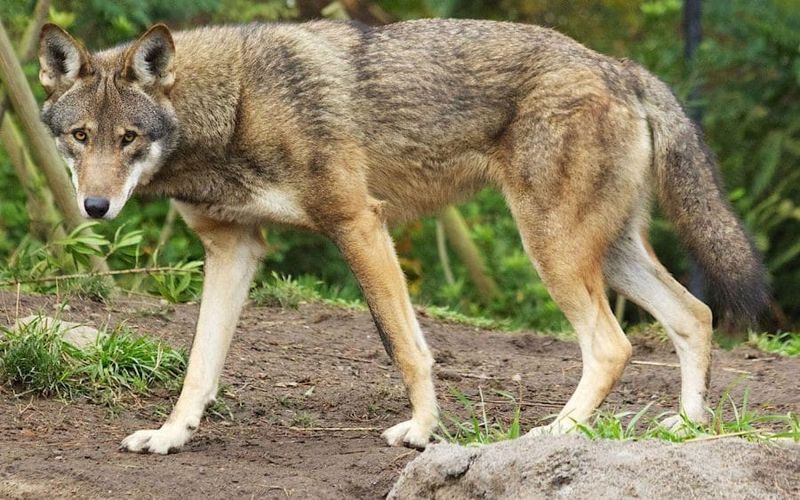
Red wolves undergo more dramatic seasonal coat changes than coyotes, shedding their thick winter undercoat almost completely during summer months. This adaptation helps them regulate body temperature in the humid southeastern climate they evolved in.
Their summer coat reveals more of their distinctive rusty-red coloration along their ears, neck and legs. Researchers tracking wolves can identify individuals partly through these unique color patterns that become more visible during warm seasons when their fur thins considerably.
10. Avoidance Of Human Settlements

Unlike adaptable coyotes that thrive near human developments, red wolves show strong aversion to areas with human activity. Trail camera studies reveal they’ll often alter established travel routes to avoid even remote cabins or rarely-used forest roads.
This shy behavior contributes to their vulnerability as habitat fragmentation increases. Their reluctance to cross developed areas creates isolated populations with limited genetic exchange. When forced into human-adjacent territories due to habitat loss, red wolves typically become nocturnal, dramatically reducing daytime movements.
11. Specialized Scent-Rolling Behavior
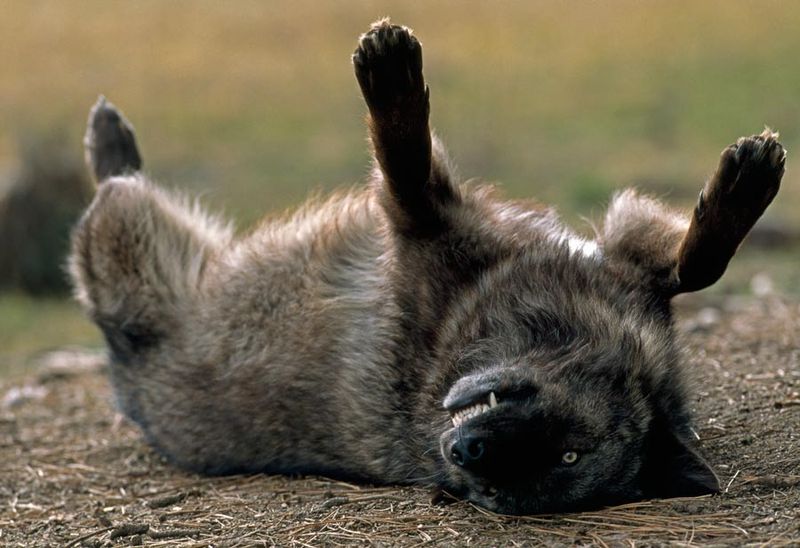
Red wolves engage in more frequent and elaborate scent-rolling than coyotes, often targeting specific plants and decaying material. They contort their bodies dramatically, rubbing their neck, shoulders, and back against the target with intense focus.
This behavior serves multiple purposes beyond masking their scent for hunting. It communicates information about environmental discoveries to pack members. After rolling, wolves typically return to their pack where others will sniff them thoroughly, gathering information about the substances encountered.
12. Water Affinity And Swimming Proficiency
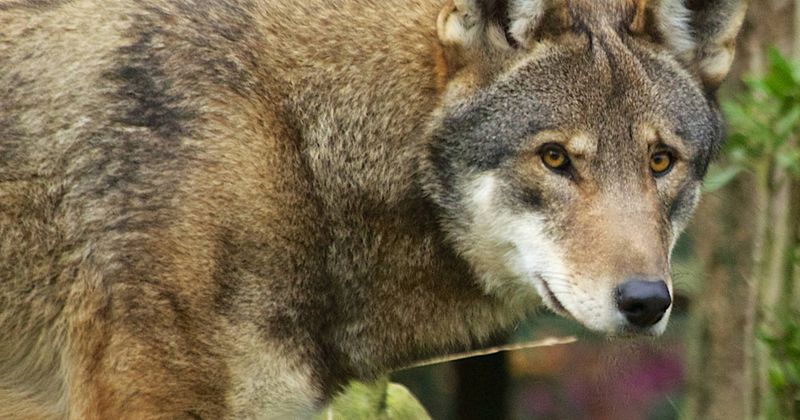
Red wolves display remarkable comfort around water compared to coyotes, willingly crossing streams and even swimming across wider bodies of water. Their native southeastern habitats include coastal areas and wetlands where this adaptation proves valuable.
They hunt aquatic prey like muskrats and waterfowl with specialized techniques. During hot weather, red wolves deliberately seek out water sources for cooling and play. Young wolves learn swimming skills through gradual exposure, with adults demonstrating proper technique before pups attempt water crossings.
13. Unique Play Behaviors Throughout Adulthood
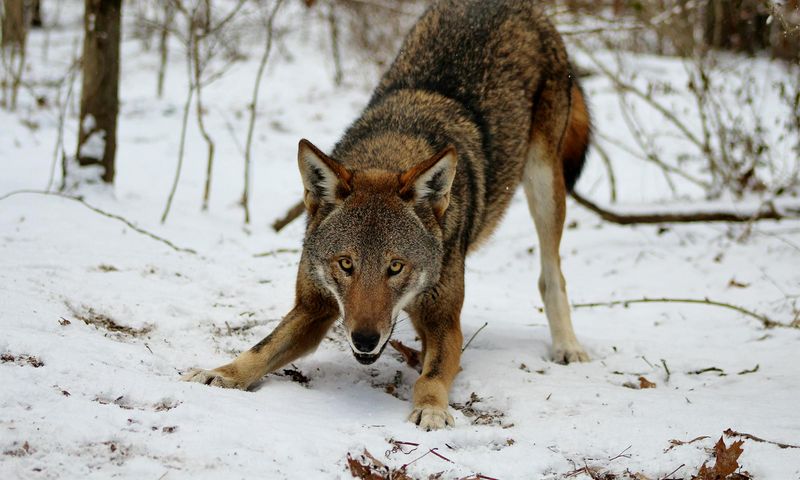
While coyotes reduce playful activities as they mature, red wolves maintain playful behaviors well into adulthood. They engage in elaborate games involving object manipulation, such as tossing and chasing sticks or pinecones.
Adult wolves initiate play with specific invitation postures, dropping their front quarters while keeping their rear elevated. These play sessions strengthen pack bonds and practice hunting skills. Researchers note that red wolf packs with higher rates of adult play show better coordination during hunts.
14. Strategic Rest Site Selection
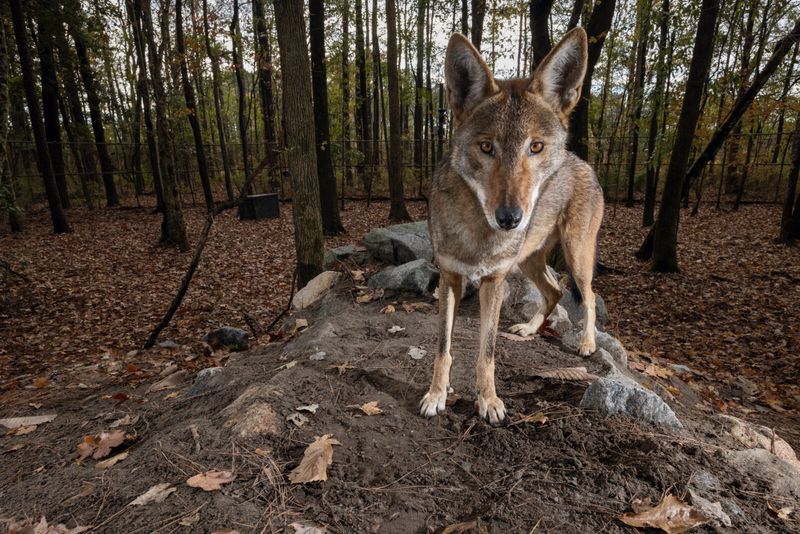
Red wolves choose daytime rest sites with remarkable consistency and strategy compared to the more opportunistic resting habits of coyotes. They prefer elevated positions with good visibility and multiple escape routes.
Pack members typically rest in a circular formation, with different wolves facing outward in various directions. This arrangement provides 360-degree surveillance against potential threats. During extreme weather, they seek specific microhabitats like south-facing slopes during winter or dense shade near water in summer.
15. Selective Foraging Patterns
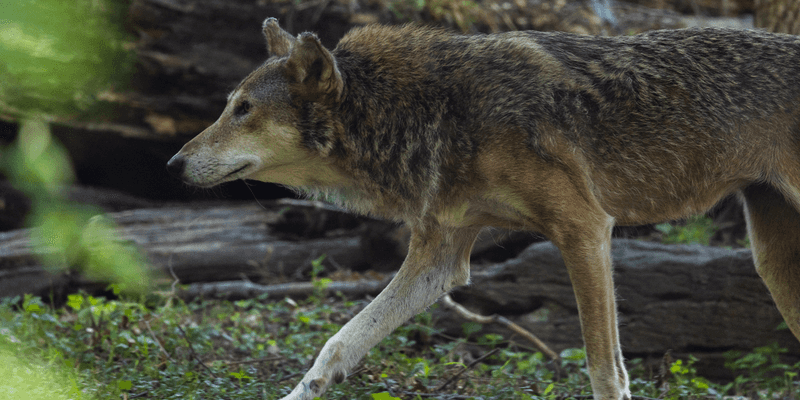
Red wolves display more selective foraging behaviors than the opportunistic eating habits of coyotes. They target specific prey species seasonally, showing clear preferences even when alternatives are available.
During fall, they focus on fattening prey animals preparing for winter. They systematically harvest ripening berries and fruits, returning to productive patches at peak ripeness.
Unlike coyotes who readily consume human garbage, red wolves rarely scavenge from artificial sources unless facing extreme food scarcity.

